Implant-borne reconstruction of missing anterior teeth is challenging, especially in fresh extraction sockets. For a functionally and aesthetically stable outcome, sufficient hard and soft tissue is needed. Care has to be taken to preserve the existing tissue structures.
Information on patient and treatment
At the age of 14, the 42-year-old female patient had experienced trauma to tooth #11, leading to luxation and tooth mobility. Endodontic treatment had been carried out in order to correct a discoloration of that tooth aesthetically, which had begun 15 years before the intervention. About ten years after the endodontic treatment, an apex resection had been necessary to treat a periapical infection.
Owing to pulsating pain and the previous endodontic treatment, the tooth was considered hopeless with regard to an optimal long-term outcome and was to be extracted. The X-ray examination confirmed a chronic infection around the apex. The soft tissue was intact with a satisfactory attachment level to the neighbouring teeth. The quality of the rather thick gingiva was good. The incision for the apex resection had resulted in scar tissue at the junction of the keratinised and non-keratinised gingiva. Tooth #21 had been filled with a four-side composite filling at the mesial side.
embedImagecenter("Imagecenter_1_767",767, "large");
Since the expectations of the patient regarding the aesthetic outcome were very high, we decided on immediate implant placement with a CAMLOG SCREW-LINE Implant after extraction of tooth #11. The soft- and hard-tissue structures were preserved as far as possible. Bone augmentation was performed at the time of implantation to treat the bone defect. The prosthetic treatment was to take place three to six months post-operatively, depending on the size of defect.
Conclusion
Implant-borne reconstruction of missing anterior teeth is challenging, especially in fresh extraction sockets. For a functionally and aesthetically stable outcome, sufficient hard and soft tissue is needed. Care has to be taken to preserve the existing tissue structures. Vertical and horizontal bone loss after insertion of the implant due to remodelling processes has to be taken into account.
In the present case, the patient had high expectations regarding the aesthetic outcome. An alternative treatment of this case would have been a bridge solution combined with augmentation of the pontic area. Such a solution would have held fewer risks and allowed achievement of a more predictable soft-tissue situation. The patient was informed of the risks and alternatives. However, she decided on implant reconstruction.
We aimed to preserve the soft- and hard-tissue structures to achieve an adequate level of marginal gingiva together with an adequate interdental bone peak. Therefore, we decided on immediate implant placement after extraction of tooth #11, creating optimal soft- and hard-tissue structures around the implant at the time of implant placement. The soft tissue around coronal part remained untouched and the coronal aperture was closed with a transmucosal abutment. The flap preparation was performed in the apical region only. This technique was chosen to provide the best possible interface between crown and gingiva.
We were able to achieve an ideal 3-D positioning of the implant and an optimal aesthetic result that was still stable after three years.
This article was published in Cosmetic Dentistry_beauty & science No. 4/2012.
As has been stated by Dr Harold M. Shavell, “Occlusion and morphology are the common denominators of all dentistry.”1 A single tooth or restoration can ...
With more patients seeking dental implant treatment, it is no surprise that growing numbers of clinicians are providing this service. Surgical implant ...
A webinar on 5 June will provide dental professionals with the knowledge and skills to harness the power of digital tools in dentistry. The presentation ...
Orthodontic appliances are used to reposition teeth by leveraging the natural process of bone remodelling. When force is applied to teeth, it triggers bone ...
The aim of this article is to present a case of single-tooth prosthetic restoration in the aesthetic zone step by step. The patient was referred to our ...
The introduction of new-generation composites, with high nano-filler loading, has opened doors to new techniques for managing direct and semi-direct ...
A 21-year-old male patient presented complaining of sensitivity and mild pain when chewing on tooth #36. During examination, an under filled tooth with poor...
Internal root resorption (IRR) is the loss of dental hard tissue due to odontoclastic activity. In most cases, it is asymptomatic, and the aetiology is ...
In recent years, dental implants have emerged as a pivotal advancement in dentistry, offering a popular solution for replacing natural teeth lost owing to ...
Dental technicians have so many different restorative materials and design and finishing concepts available to them that it can seem difficult to select the...
Live webinar
Mon. 12 January 2026
9:00 am EST (New York)
Prof. Judith Jones D.D.S; M.P.H., Prof. Kakuhiro Fukai D.D.S., Ph.D, Dr. Bathsheba (Bethy) Turton
Live webinar
Wed. 14 January 2026
12:00 pm EST (New York)
Dr. Théo Laplane, Dr. Robert Gottlander DDS
Live webinar
Fri. 16 January 2026
12:00 pm EST (New York)
Live webinar
Mon. 19 January 2026
1:00 pm EST (New York)
Philipp Kopp, Michael Seeber
Live webinar
Thu. 22 January 2026
2:00 pm EST (New York)
Dr. Nicola M. Grande DDS, PhD
Live webinar
Wed. 28 January 2026
8:00 am EST (New York)
Live webinar
Wed. 28 January 2026
11:00 am EST (New York)
Prof. Dr. Jan-Frederik Güth



 Austria / Österreich
Austria / Österreich
 Bosnia and Herzegovina / Босна и Херцеговина
Bosnia and Herzegovina / Босна и Херцеговина
 Bulgaria / България
Bulgaria / България
 Croatia / Hrvatska
Croatia / Hrvatska
 Czech Republic & Slovakia / Česká republika & Slovensko
Czech Republic & Slovakia / Česká republika & Slovensko
 France / France
France / France
 Germany / Deutschland
Germany / Deutschland
 Greece / ΕΛΛΑΔΑ
Greece / ΕΛΛΑΔΑ
 Hungary / Hungary
Hungary / Hungary
 Italy / Italia
Italy / Italia
 Netherlands / Nederland
Netherlands / Nederland
 Nordic / Nordic
Nordic / Nordic
 Poland / Polska
Poland / Polska
 Portugal / Portugal
Portugal / Portugal
 Romania & Moldova / România & Moldova
Romania & Moldova / România & Moldova
 Slovenia / Slovenija
Slovenia / Slovenija
 Serbia & Montenegro / Србија и Црна Гора
Serbia & Montenegro / Србија и Црна Гора
 Spain / España
Spain / España
 Switzerland / Schweiz
Switzerland / Schweiz
 Turkey / Türkiye
Turkey / Türkiye
 UK & Ireland / UK & Ireland
UK & Ireland / UK & Ireland
 Brazil / Brasil
Brazil / Brasil
 Canada / Canada
Canada / Canada
 Latin America / Latinoamérica
Latin America / Latinoamérica
 USA / USA
USA / USA
 China / 中国
China / 中国
 India / भारत गणराज्य
India / भारत गणराज्य
 Pakistan / Pākistān
Pakistan / Pākistān
 Vietnam / Việt Nam
Vietnam / Việt Nam
 ASEAN / ASEAN
ASEAN / ASEAN
 Israel / מְדִינַת יִשְׂרָאֵל
Israel / מְדִינַת יִשְׂרָאֵל
 Algeria, Morocco & Tunisia / الجزائر والمغرب وتونس
Algeria, Morocco & Tunisia / الجزائر والمغرب وتونس
 Middle East / Middle East
Middle East / Middle East
























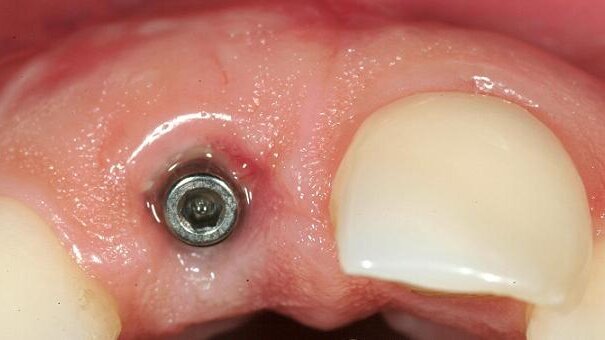



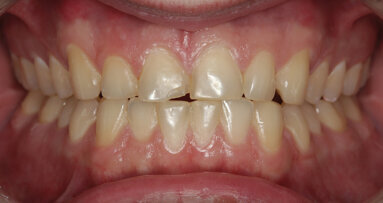
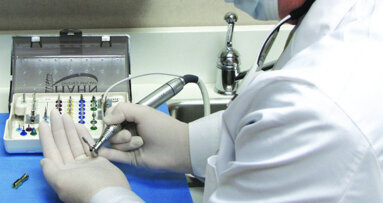



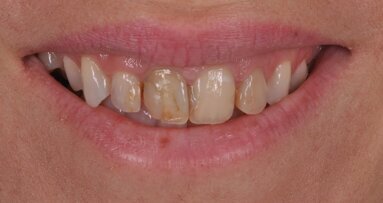

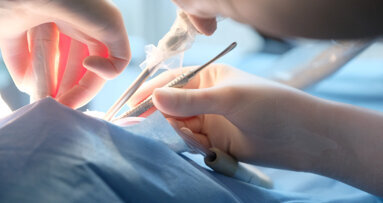

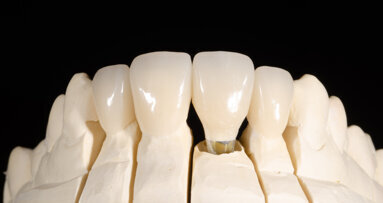









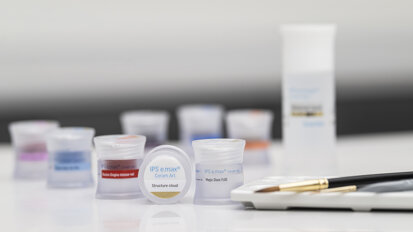
To post a reply please login or register